Dominated by cutting-edge pharmaceuticals and groundbreaking medical technologies, lies an unexpected ally that has emerged from the annals of history: ancient herbal remedies. As modern science continues to push the boundaries of what’s possible in healthcare, researchers are turning their attention to age-old botanical treatments, unveiling secrets that have been hidden for millennia. This convergence of traditional wisdom and contemporary scientific methods is not just reshaping our understanding of natural medicine it’s revolutionizing the entire landscape of health and wellness.
The Renaissance of Herbal Medicine
For centuries, herbal remedies have been the cornerstone of healing practices across cultures. From the intricate systems of Traditional Chinese Medicine to the holistic approaches of Ayurveda, plants have played a pivotal role in maintaining human health. However, with the advent of modern medicine, many of these practices were sidelined, often dismissed as unscientific or ineffective.
Today, we’re witnessing a remarkable shift. Armed with advanced technologies and rigorous scientific methodologies, researchers are rediscovering the potent healing properties of herbs that our ancestors revered. This renaissance is not just about validating traditional knowledge; it’s about unlocking new possibilities for treating a wide array of health conditions.
Cutting-Edge Technologies Unveiling Ancient Secrets
The marriage of ancient herbal wisdom and modern science is facilitated by an array of sophisticated technologies:
1. High-Throughput Screening: This revolutionary technique allows scientists to rapidly test thousands of plant compounds against specific biological targets. It’s like having a vast library of nature’s chemicals at our fingertips, ready to be explored for potential therapeutic effects.
2. Metabolomics: By analyzing the complex chemical fingerprints of herbs, researchers can now identify and quantify the myriad compounds present in plant extracts. This detailed understanding helps in pinpointing the active ingredients responsible for medicinal properties.
3. Genomics and Proteomics: These fields enable scientists to study how herbal compounds interact with our genes and proteins. This level of insight was unimaginable to traditional herbalists but is crucial for understanding the mechanisms behind herbal remedies.
4. Nanotechnology: By manipulating herbs at the molecular level, scientists can enhance their bioavailability and efficacy. This technology bridges the gap between traditional preparations and modern drug delivery systems.
5. Artificial Intelligence and Machine Learning: These computational tools are accelerating the discovery process by predicting potential interactions between herbal compounds and human biology, guiding researchers towards the most promising avenues of investigation.
Case Studies: Ancient Herbs, Modern Breakthroughs
The synergy between traditional knowledge and contemporary research has already yielded remarkable results. Let’s explore some compelling examples:
1. Artemisinin and Malaria: Perhaps the most celebrated success story in this field is the discovery of artemisinin. Derived from the sweet wormwood plant (Artemisia annua), a staple in Traditional Chinese Medicine, artemisinin has become a crucial weapon in the fight against malaria. The isolation and development of this compound, which earned Tu Youyou the Nobel Prize in Physiology or Medicine in 2015, exemplifies how ancient wisdom can lead to modern medical breakthroughs.
2. Curcumin and Inflammation: Turmeric, a spice used for thousands of years in Ayurvedic medicine, has captured the attention of modern researchers due to its active compound, curcumin. Advanced studies have revealed its potent anti-inflammatory and antioxidant properties, with potential applications in treating conditions ranging from arthritis to certain types of cancer.
3. Ginkgo Biloba and Cognitive Function: This ancient Chinese herb has been used for millennia to enhance memory and cognitive function. Modern clinical trials and neuroimaging studies are now shedding light on its mechanisms of action, exploring its potential in treating dementia and improving cognitive performance in healthy individuals.
4. Cannabis and Pain Management: Once stigmatized, cannabis is now at the forefront of medical research. Advanced studies on cannabinoids have led to the development of new treatments for chronic pain, epilepsy, and other neurological disorders, showcasing how a deeper understanding of traditional plants can open new therapeutic avenues.
5. Ashwagandha and Stress Reduction: This Ayurvedic herb, long used for its adaptogenic properties, is now being studied using advanced neurobiological techniques. Research is uncovering its potential in managing stress, anxiety, and even neurodegenerative diseases.
Challenges and Controversies
While the integration of herbal medicine and modern science holds immense promise, it’s not without challenges:
1. Standardization and Quality Control: Unlike synthetic drugs, herbal remedies can vary significantly in their composition based on growing conditions, harvesting methods, and preparation techniques. Establishing consistent standards for herbal products remains a significant hurdle.
2. Regulatory Hurdles: The complex nature of herbal medicines, often containing hundreds of compounds, poses challenges for regulatory bodies accustomed to single-molecule drugs. Striking a balance between ensuring safety and efficacy while acknowledging the holistic nature of herbal remedies is an ongoing process.
3. Intellectual Property and Biopiracy: As traditional knowledge leads to patentable discoveries, questions of ownership and fair compensation for indigenous communities arise. Navigating these ethical and legal waters is crucial for the sustainable development of herbal medicines.
4. Integration with Conventional Medicine: Despite growing evidence, skepticism remains in some quarters of the medical community. Bridging the gap between traditional herbal practices and conventional medicine requires ongoing dialogue and education.
5. Ecological Concerns: The increasing demand for certain herbs raises concerns about overharvesting and habitat destruction. Sustainable cultivation practices and conservation efforts must go hand-in-hand with scientific research.
The Future of Herbal Medicine in the Scientific Age
As we look to the future, the convergence of ancient herbal wisdom and cutting-edge science promises to reshape healthcare in profound ways:
1. Personalized Herbal Medicine: By combining genetic profiling with our understanding of herbal compounds, we may soon see tailored herbal treatments that account for individual genetic variations and health conditions.
2. Novel Drug Discovery: The vast chemical diversity found in plants continues to serve as a treasure trove for pharmaceutical research. Many future drugs may have their roots in traditional herbal remedies.
3. Integrative Healthcare Models: As evidence mounts for the efficacy of certain herbal treatments, we’re likely to see more integrated healthcare approaches that combine the best of conventional and herbal medicines.
4. Advanced Formulations: Nanotechnology and other advanced delivery systems will enhance the bioavailability and targeted delivery of herbal compounds, potentially increasing their efficacy and reducing side effects.
5. Global Health Solutions: Herbal medicines, often more accessible and affordable than conventional drugs, could play a crucial role in addressing global health challenges, particularly in resource-limited settings.
A New Chapter in Healthcare:
The unveiling of ancient herbal secrets through modern scientific methods marks a pivotal moment in the history of medicine. It’s a testament to the enduring value of traditional knowledge and the transformative power of contemporary research. As we continue to bridge the gap between these two worlds, we open up new possibilities for treating diseases, enhancing well-being, and understanding the profound connections between nature and human health.
This convergence is more than just a scientific endeavor; it’s a cultural reconciliation, acknowledging the wisdom of our ancestors while embracing the innovations of our time. It challenges us to think holistically about health and medicine, considering not just isolated compounds but the complex interplay of natural elements within the human body.
As we stand on the brink of this new era in healthcare, one thing is clear: the secrets of ancient herbs, long whispered through generations, are now being spoken in the language of modern science, and this dialogue between past and present, we may just find the keys to a healthier, more harmonious future.
The journey of discovery is far from over. Each day brings new insights, pushing the boundaries of what we thought possible in medicine. For researchers, healthcare providers, and patients alike, this is an exciting time. A time when the ancient and the modern come together to write a new chapter in the story of human health and healing





